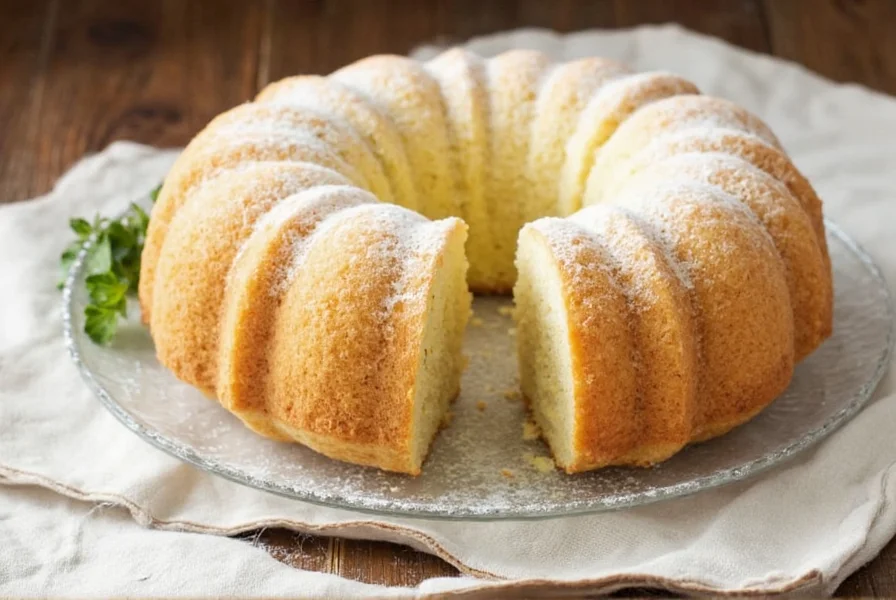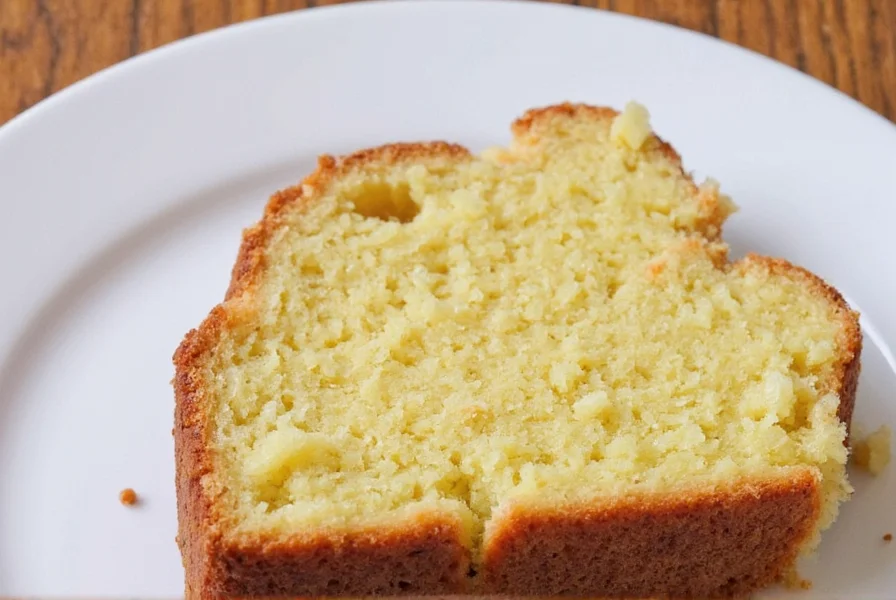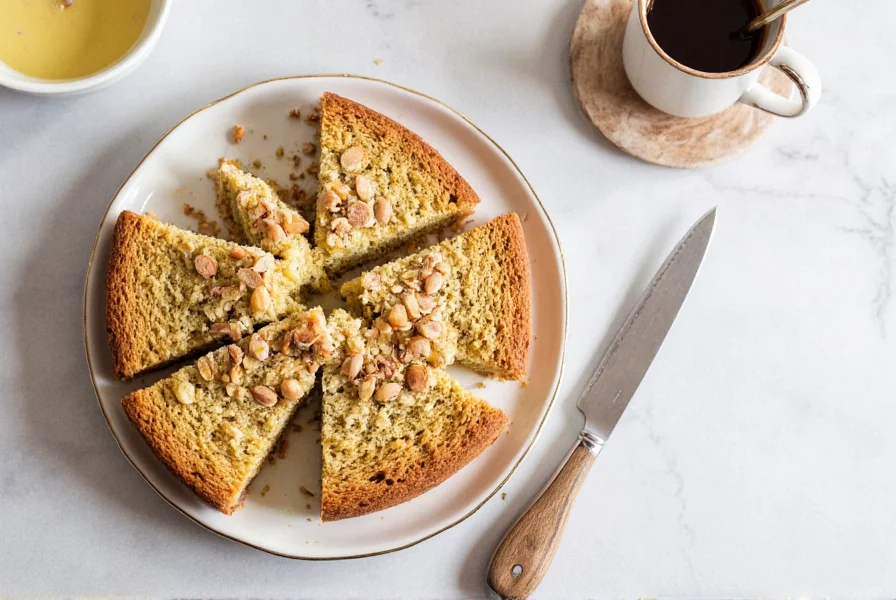Cardamom cake represents one of Scandinavia's most beloved baking traditions, particularly in Sweden and Norway where it's considered a kaffekake (coffee cake) staple. This aromatic dessert transforms simple ingredients through the magic of cardamom, one of the world's oldest and most expensive spices after saffron and vanilla.
The Cultural Journey of Cardamom in Baking
Though cardamom originates from India and Sri Lanka, it found its true baking home in Nordic countries during the 16th century spice trade. Scandinavian bakers discovered that cardamom's complex flavor profile—combining citrus, floral, and slight eucalyptus notes—complemented their wheat-based baking traditions perfectly. Unlike many spices that merely add heat, cardamom enhances sweetness while providing sophisticated depth.
Traditional Scandinavian households often keep a dedicated kardemummaburk (cardamom container) because freshness dramatically impacts flavor. Ground cardamom loses potency within weeks, while whole pods maintain their aromatic compounds for months when stored properly.
Understanding Cardamom's Flavor Chemistry
Cardamom's unique profile comes from its complex chemical composition. The primary compounds include:
| Compound | Flavor Contribution | Percentage in Cardamom |
|---|---|---|
| 1,8-cineole | Eucalyptus, medicinal notes | 20-25% |
| α-terpinyl acetate | Floral, fruity aroma | 15-20% |
| Terpinene | Citrus, pine notes | 10-15% |
| Limonene | Citrus freshness | 5-10% |
These compounds interact with other cake ingredients differently than more common spices like cinnamon or nutmeg. Cardamom works particularly well with dairy, almond, and citrus elements, creating layered flavor experiences that evolve as you eat.
Essential Components of Authentic Cardamom Cake
While recipes vary across Nordic regions, authentic cardamom cake shares these fundamental elements:
- Freshly ground cardamom - Always use whole pods cracked just before baking
- Butter-based batter - Creates the proper crumb structure for spice distribution
- Moderate sweetness - Scandinavian cakes are less sweet than American counterparts
- Subtle supporting spices - Often just a pinch of nutmeg or allspice
- Optional citrus zest - Complements cardamom's natural citrus notes
The ideal cardamom cake texture balances moistness with structure—dense enough to hold its shape when sliced, yet light enough to melt in your mouth. Overmixing creates toughness, while insufficient cardamom results in a bland cake that misses the point entirely.

Regional Variations Across Nordic Countries
Each Scandinavian country has developed distinctive cardamom cake interpretations:
- Sweden: Kardemummabullar (cardamom buns) and kardemummekaka (cardamom cake) often feature a light pearl sugar topping
- Norway: Kardemommebolle typically includes cardamom in both dough and filling, sometimes with a hint of cardamom in the glaze
- Denmark: Cardamom appears in wienerbrød (Danish pastry) fillings and certain kager (cakes)
- Finland: Kardemummakakku often incorporates cardamom with rye flour for a distinctive flavor
Modern interpretations have expanded globally, with American bakers creating cardamom cake with cream cheese frosting, and Middle Eastern versions incorporating rose water alongside cardamom.
Mastering the Perfect Cardamom Cake: Professional Tips
Based on consultations with Nordic baking experts, these techniques ensure cardamom cake success:
- Grind pods just before use - Use a dedicated spice grinder or mortar and pestle for maximum flavor release
- Toast whole pods lightly - 2-3 minutes in a dry pan before grinding enhances aromatic compounds
- Balance with acidity - A tablespoon of buttermilk or yogurt brightens cardamom's complex profile
- Don't overbake - Cardamom cake continues cooking from residual heat; remove when center springs back lightly
- Rest before serving - Flavors meld beautifully after 2-4 hours at room temperature
For those seeking the traditional Scandinavian cardamom cake recipe experience, avoid substituting pre-ground cardamom—it lacks the vibrant top notes that define authentic versions. The difference is as pronounced as using fresh versus dried herbs in savory cooking.
Serving Traditions and Pairing Wisdom
In Scandinavia, cardamom cake follows specific serving customs that enhance the experience:
- Coffee pairing - Brewed strong but not bitter, ideally a medium roast that won't overpower the delicate spice
- Temperature - Served at room temperature, never chilled
- Slicing technique - Thin slices using a serrated knife for clean cuts
- Accompaniments - Often served with cloudberry jam or unsweetened whipped cream
For modern interpretations, consider these sophisticated pairings:
- Cardamom cake with poached pears and vanilla custard
- Mini cardamom cake sliders with honeyed goat cheese
- Cardamom cake trifles layered with cardamom-infused whipped cream

Common Cardamom Cake Mistakes to Avoid
Even experienced bakers encounter these pitfalls when making cardamom cake:
- Using stale cardamom - Results in flat, one-dimensional flavor
- Overpowering with cardamom - More than 1½ teaspoons per cup of flour creates medicinal notes
- Incorrect moisture balance - Cardamom absorbs more liquid than other spices
- Mixing at high speed - Develops gluten, creating toughness
- Serving immediately - Flavors need time to harmonize (minimum 2 hours)
When executed properly, cardamom cake delivers a sophisticated flavor experience that's simultaneously comforting and intriguing. The spice's natural complexity creates a dessert that feels special without being fussy—a perfect embodiment of Scandinavian hygge baking philosophy.
Conclusion: The Enduring Appeal of Cardamom Cake
Cardamom cake's enduring popularity stems from its remarkable balance—aromatic yet not overwhelming, traditional yet adaptable, simple in ingredients yet complex in flavor. Whether following a traditional Scandinavian cardamom cake recipe or experimenting with modern variations, understanding cardamom's unique properties transforms this humble dessert into something extraordinary. The next time you bake cardamom cake, remember that you're participating in a centuries-old tradition that connects Nordic kitchens to ancient spice routes, all through the magic of one extraordinary pod.
What's the difference between green and black cardamom for baking?
Green cardamom (Elettaria cardamomum) is essential for authentic cardamom cake, offering citrusy, floral notes. Black cardamom (Amomum subulatum) has a smoky, camphorous flavor unsuitable for sweet baking. Always use green cardamom pods for Scandinavian-style cardamom cake recipes.
How can I tell if my cardamom is fresh enough for baking?
Fresh cardamom pods should feel heavy for their size, have vibrant green color, and release aromatic oils when squeezed. When cracked open, the seeds inside should be dark brown and sticky. Stale cardamom appears dull, lightweight, and won't release fragrance when crushed.
Can I make cardamom cake without dairy for dietary restrictions?
Yes, successful dairy-free cardamom cake substitutes include coconut oil for butter (use 20% less) and almond or oat milk for dairy milk. For egg replacement, try flax eggs (1 tbsp ground flax + 3 tbsp water per egg). The distinctive cardamom flavor remains prominent in dairy-free versions when using fresh, high-quality spice.
Why does my cardamom cake taste bitter?
Bitter cardamom cake usually results from using too much spice (more than 1½ tsp per cup of flour), stale cardamom, or over-toasting the pods. Cardamom contains natural compounds that become bitter when exposed to excessive heat. Try reducing the amount slightly and ensure your spice is fresh for optimal flavor balance.
How long does homemade cardamom cake stay fresh?
Properly stored in an airtight container at room temperature, traditional cardamom cake maintains optimal flavor for 3-4 days. The spices actually enhance the flavor during the first 24 hours. For longer storage, freeze individual slices wrapped in parchment paper inside a freezer bag for up to 3 months—thaw at room temperature for best texture.











 浙公网安备
33010002000092号
浙公网安备
33010002000092号 浙B2-20120091-4
浙B2-20120091-4